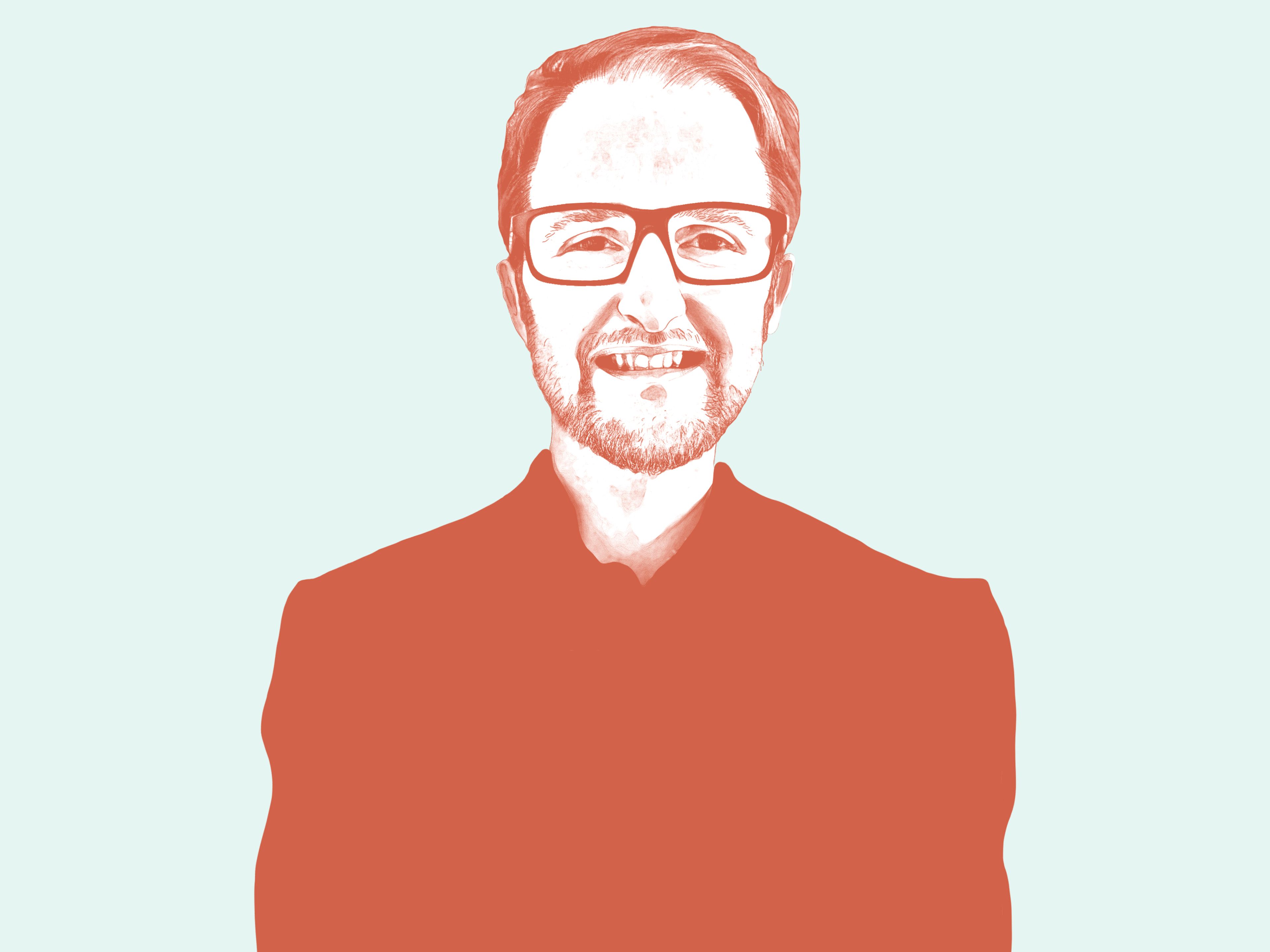Manifesto point 2: urban design and people
by Frank FilskowMaker Frank Filskow discusses the power of places that belong to the individual and the community
Traditionally, masterplanning has been spearheaded by utopian concepts designed to glorify their creator and accommodate prescribed lifestyles. The places that emerge from this top-down practice are fixed and finished, and sometimes hard to live in as time passes and preferences change. Residents often find creative ways of inhabiting these grand visions of the past, using personalisation and adaptation to embrace them as places belonging to the individual and the community.
At Make we believe in the power of cities that are co-created by their users and inhabitants. Despite the overarching ambitions of decision-makers, planners and architects, the more granular qualities of streets and neighbourhoods are generated by the people who live and spend time there. The best-loved environments are those that have grown organically over time, where layers of urbanity have amalgamated to generate a unique composition that speaks of its roots and its culture. These are not perfect places – far from it. The historic cores of London, Salford and Shanghai, for example, are enticing, gritty and curious in equal measure.
“We believe in the power of cities that are co-created by their users and inhabitants.”
As continuously evolving entities, cities benefit from being dynamic and responsive to fluctuating needs over many generations. It’s key that urban frameworks remain open to unexpected turns and serendipitous events; they shouldn’t be prescriptive or imposing.
Of course, cities need strategic planning and design, but we can and should invite local people along on the journey from the very outset. This might be a lengthier and more iterative route, requiring us to look beyond the brief and stay tuned to different perspectives, but it generates places that are grounded in lived experiences and function in sync with local communities. Community and stakeholder involvement offers a valuable feedback loop, allowing built environment professionals to tap into the wealth of accumulated wisdom that exists on a local level. At Make’s new Chobham Manor neighbourhood, for example, the team explored in depth the everyday patterns and preferences of the locals who’d be living there. The result is a diverse slice of the city that invites its residents to take ownership of their spaces.
In Thamesmead, meanwhile, The Peabody Trust has established a community design collective of local people to give them a concrete say in how their area will look in the future. Members are paid for their time, and receive training to enable their active participation in the design and development process. Initiatives like this live on beyond the construction stages, encouraging residents to act as stewards of their neighbourhood in the longer term. With a sense of ownership over it, they feel more invested, which in turn inspires care and pride for the places they inhabit.
A genuine seat at the table is also key to building trust in the development process, helping communities overcome fears of change and growth, and addressing any feelings that development is being imposed upon them.
“With greater community involvement, we can design for improved diversity and inclusion, building places that are multicultural and multigenerational.”
With greater community involvement, we can design for improved diversity and inclusion, building places that are multicultural and multigenerational. Understanding people’s needs is crucial to unlocking opportunities across the wider community and ensuring they benefit from change – for example, through jobs, education, upskilling, affordable homes and workspaces.
Pro-social urban landscapes that embrace playful, green, inclusive spaces nurture happier and healthier people while amplifying the economic value of the built environment. These landscapes also encourage us to explore freely, inspiring community interaction and spontaneous exchange.
Ultimately, it’s our role as designers to act as facilitators and co-directors of organic, inclusive change over time. This requires a careful balancing of big and small ideas, the macro and the micro, the planned and the real. It’s imperative that we strive for places that genuinely care for the community and the individual, not just today but into the future.
Tags
Authors
Frank Filskow is an architect with more than 30 years of experience spanning the urban design, residential, transport, healthcare and workplace sectors. He has led the delivery of several major projects in London for Make, including Chobham Manor.


